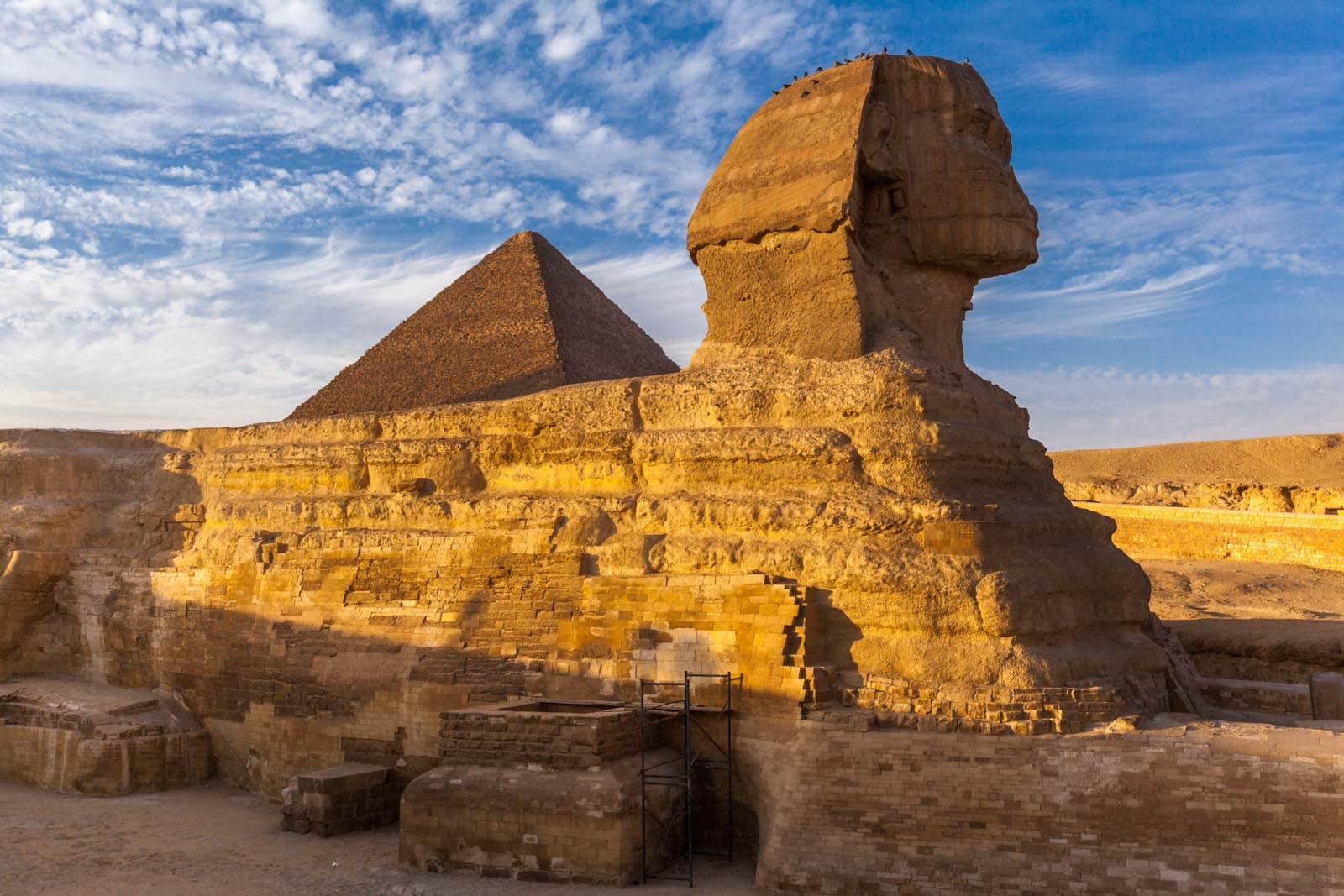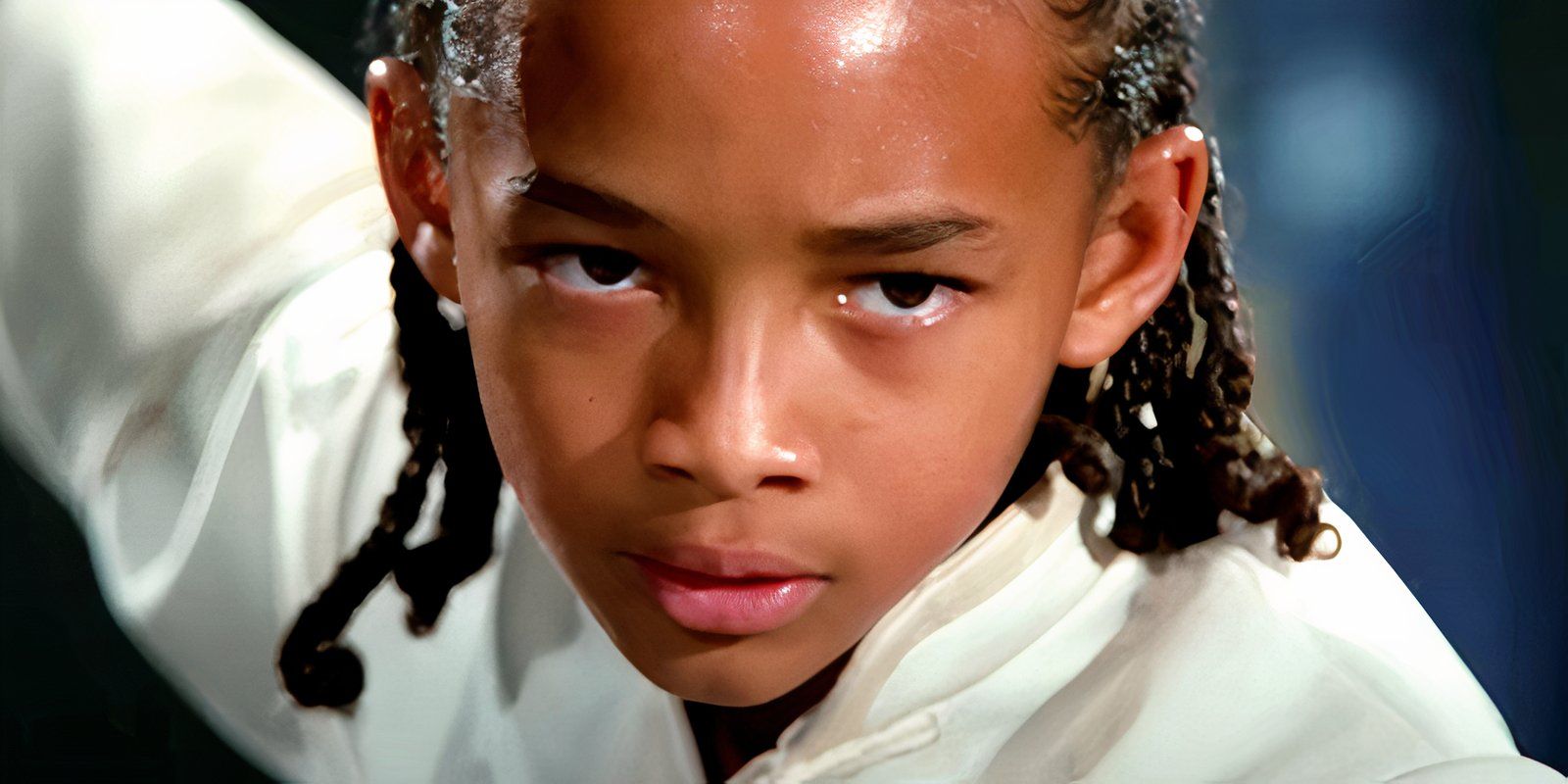PROTECT YOUR DNA WITH QUANTUM TECHNOLOGY
Orgo-Life the new way to the future Advertising by Adpathway
Trail runners and hiking shoes each have strengths, but age and hiking experience can make one option feel safer, more comfortable, and more sustainable for your body. Here’s a clear comparison that factors in how fitness, joint health, and skill level influence the best choice.
What Are Trial Runners?
 La Sportiva Bushido Trail Runners
La Sportiva Bushido Trail RunnersTrail runners are low-cut, lightweight shoes built for speed and agility. They’re cushioned like running shoes, with grippy soles and sometimes rock plates (plastic inserts under the ball of the foot) for underfoot protection. They favor quick movement and comfort over structure.
Pros
- Light and fast: Reduced foot and leg fatigue over long distances, especially if you move at a brisk pace.
- Comfort and flexibility: Softer midsoles and natural foot movement; minimal break-in.
- Breathability and quick-dry: Excellent in heat and for sweat-prone feet; drain well when wet.
- Versatility: Work for run-hike mixes and travel.
Cons
- Less support: Minimal torsional stiffness and no ankle coverage; can feel unstable on rough terrain.
- Reduced protection: Thinner uppers and toe rands; more exposure to rocks and roots.
- Durability: Softer midsoles compress sooner; uppers can tear.
- Load limits: Less ideal with heavy packs.
Best for (by age and experience)
- Younger or very fit hikers (any age) with good proprioception and trail confidence: Great choice for speed, long days on moderate trails, or ultralight backpacking.
- Experienced hikers with strong foot/ankle conditioning: Suitable even on technical routes if you pick protective models with rock plates and sticky rubber.
- Newer hikers: Fine on smooth, well-maintained trails; watch footing and avoid heavy loads until skill improves.
- Older hikers: Still viable if balance is solid and you prefer lighter footwear, but choose models with firmer midsoles, good heel lock, and ample traction to reduce instability. Using trekking poles can also improve balance and reduce the severity of ankle rolls.
What Are Hiking Shoes?
 Oboz Katabtic Wind Low Hiking Shoe
Oboz Katabtic Wind Low Hiking ShoeHiking shoes (low or mid-cut) prioritize stability, durability, and protection. They have stiffer midsoles, robust uppers, and more substantial toe/heel reinforcement. Many feature waterproof membranes and lugged outsoles tuned for mixed terrain.
Pros
- Stability and support: Stiffer platforms control foot roll and improve security on uneven ground, which is helpful with weaker ankles or under heavier loads.
- Protection: Beefier toe caps and sidewalls shield against rock strikes and abrasion.
- Durability: Materials and construction withstand frequent use on rough terrain.
- Weather resistance: Waterproof options add warmth and keep feet drier in wet conditions.
Cons
- Heavier: More energy demand and potential calf/hip fatigue on long days.
- Less flexible: Longer break-in; can feel clunky on smooth trails.
- Warmer/slower to dry: Membranes trap heat; once wet, they dry slowly.
- Not great for running: Better as dedicated hiking footwear.
Best for (by age and experience)
- Newer hikers: Excellent default footwear with predictable grip, protection, and a stable base while you develop footwork.
- Older hikers or those with joint pain, balance issues, or past ankle sprains: The stability and protection can reduce trip risk and foot fatigue, especially on rocky or rooty trails.
- Backpackers with moderate/heavy loads: Superior under weight regardless of age or experience.
- Experienced hikers on rugged terrain: Provides confidence for scrambling, talus, and wet slab.
 Older hikers prefer more supportive footwear, such as hiking shoes or mids.
Older hikers prefer more supportive footwear, such as hiking shoes or mids.How age and experience change the calculus
1. Balance and proprioception
- Younger/very fit or highly experienced: Trail runners feel natural and efficient; you can “dance” over terrain.
- Older or less experienced: Hiking shoes reduce ankle roll and missteps, particularly when fatigue sets in or on uneven surfaces.
2. Joint health and recovery
- Sensitive knees, hips, or plantar fascia: The stiffer platform and support of hiking shoes can distribute forces better and limit overflexion. Firmer trail runners with rock plates can be a middle ground.
- Strong, resilient joints: Trail runners’ cushioning and flexibility are comfortable and efficient.
3. Foot strength and conditioning
- If you’ve built foot strength (toes, arches, calves) through consistent hiking or running, Trail runners shine.
- If you’re building a base of fitness or recovering from an injury, Hiking shoes provide a forgiving platform while your strength catches up.
4. Load and distance
- Light daypack, well-maintained trails: Trail runners reduce fatigue and hot spots.
- Multi-day trips or heavy water carries: Hiking shoes stay supportive and protective as miles accumulate.
5. Weather and temperature
- Heat: Trail runners win on ventilation.
- Cold and wet: Hiking shoes offer warmth and initial water resistance; consider non-membrane options for faster drying if feet get soaked often.
A few key comparisons
- Stability vs. agility: Hiking shoes stabilize; trail runners move fast.
- Experience matters: Skilled footwork favors trail runners; novices benefit from hiking shoe protection.
- Age considerations: Older hikers often prefer the support and grip of hiking shoes; fit, balance, and conditioning can still make trail runners viable.
- Load and terrain: Heavy packs and rocky trails favor hiking shoes; light loads and smooth paths favor trail runners.
Practical recommendations by user profile
- New to hiking, any age: Start with hiking shoes. Add trail runners later for easy trails once you’re confident with footing.
- Experienced day hiker, light pack: Trail runners for most outings; keep hiking shoes for rough routes and bad weather.
- Ultralight backpacker: Trail runners with rock plates and sticky rubber; pair with gaiters and trekking poles. Switch to hiking shoes for scree-heavy routes or snow.
- Older hiker with prior ankle/knee issues: Hiking shoes (possibly mid-cut) with firm midsoles, strong heel lock, and grippy rubber; use poles. Consider lighter non-membrane models for better breathability.
- Runner transitioning to hiking: Trail runners feel familiar; choose models with better protection and traction than your road shoes.
Highly Rated Trail Runners and Hiking Shoes
The Bottom Line
Match footwear to your body and terrain. If you value speed, breathability, and have solid balance and foot strength, trail runners are efficient and comfortable. If you prioritize stability, protection, and consistency, especially when hiking on rugged terrain or with heavier loads or with joint concerns, hiking shoes are the safer bet. Many hikers end up with both: trail runners for easy-to-moderate days and hiking shoes for rough, wet, or heavy-load trips.
SectionHiker never accepts payment for gear reviews or editorial coverage. When you buy through affiliate links on our site, we may earn a small commission at no extra cost to you. Help us continue to test and write unsponsored and independent gear reviews, hiking and backpacking FAQs, and free hiking guides.



















 English (US) ·
English (US) ·  French (CA) ·
French (CA) ·